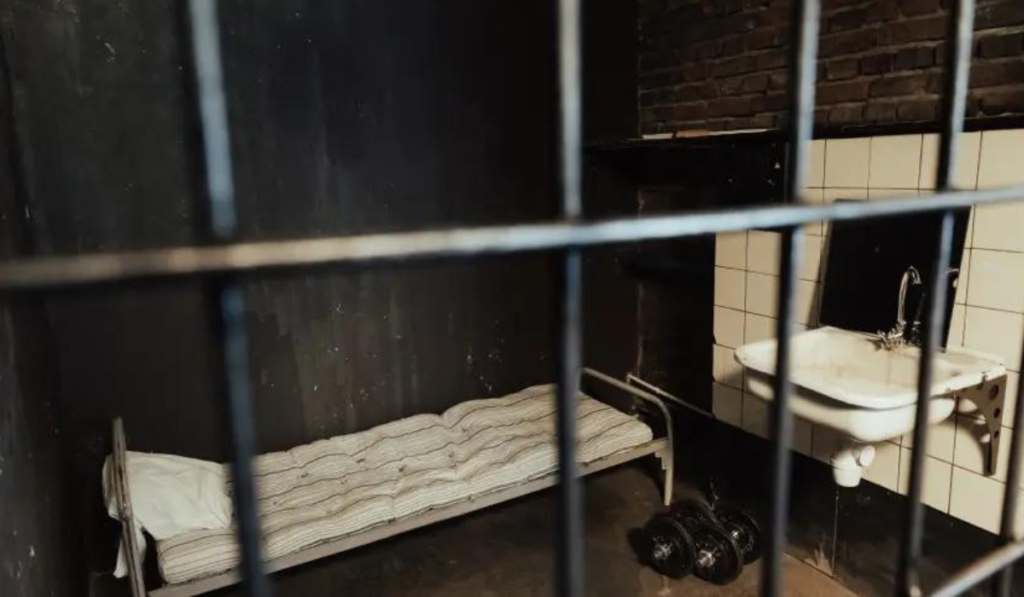5 Hospitalised By Suspected Carbon Monoxide Exposure In Florida Prison
A federal prison camp in Florida was evacuated on Sunday due to suspected carbon monoxide exposure which saw 2 prison employees and 3 inmates taken to hospital, U.S. Bureau of Prisons officials have said.
The incident occurred at around 2:45 a.m. Sunday in the minimum-security Sumterville Coleman Satellite Prison Camp within the Federal Correctional Complex, Coleman. The complex has reportedly been experiencing staffing shortages.

Prison employees contacted emergency medical services on Sunday and isolated the area to provide treatment to those at risk for exposure, Bureau of Prisons officials said. No other people in custody were injured, and “at no time was the public in danger,” officials said in a press release.
There are more than 450 adult inmates incarcerated at the camp, according to the federal government. Read More…
Please read this carbon monoxide safety advice to help you better understand the dangers of carbon monoxide and how to protect yourself and others. What is carbon monoxide?
Carbon monoxide, or CO, is a colorless, odorless, toxic gas. It is produced by the incomplete combustion of solid, liquid, and gaseous fuels. Appliances fueled with gas, oil, kerosene, or wood may produce CO. If such appliances are not installed, maintained, and used properly, CO may accumulate to dangerous and even deadly levels in cars, homes, or poorly ventilated areas.
Where does CO come from?
Carbon monoxide is produced by devices that burn fuels. Therefore, any fuel-burning appliance in your home is a potential CO source. Electrical heaters and electric water heaters, toasters, etc., do not produce CO under any circumstances. Under normal circumstances, CO should not be detectable in the typical home or workplace.
When appliances are kept in good working condition, they produce little CO. But improperly operating or improperly vented appliances can produce elevated — even fatal — CO concentrations in your home. Likewise, using kerosene heaters or charcoal grills indoors, or running a car in a garage, can cause levels high enough to result in CO poisoning.
Common sources of CO include the following wood or gas fueled appliances:
- Room heaters
- Furnaces
- Charcoal grills
- Cooking ranges
- Water heaters
- Automobiles run in closed garages
- Fireplaces
- Portable generators
- Wood burning stoves
Who is at risk of CO poisoning?
Any person or animal in space shared with a device capable of generating CO should be considered at risk of CO poisoning. CO exposures especially affect unborn babies, infants, and people with anemia or a history of heart disease. Breathing low levels of the chemical can cause fatigue and increase chest pain in people with chronic heart disease.
Each year, nearly 5,000 people in the United States are treated in hospital emergency rooms for CO poisoning; however, this number is believed to be an underestimate of CO poisoning because many people with CO symptoms mistake the symptoms for the flu or are misdiagnosed.
Please read the full advice here – including the key precautions to take to protect yourself and your family against Carbon Monoxide.




Leave a Reply